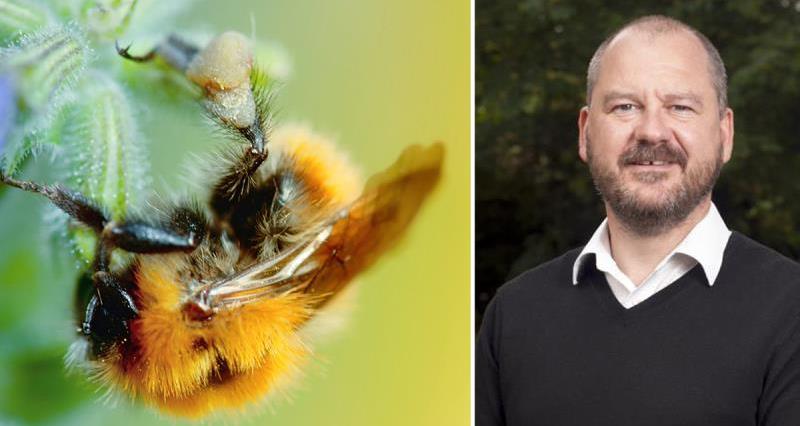He writes:
When I was invited by a team of world class scientists to spend a couple of days with them in Hungary at an international workshop on pollinators and farming, I wasn’t sure what to expect.
The purpose was to help develop a project proposal for the European Commission on functional biodiversity. In simple terms, the researchers want to tackle some real-world challenges and offer some realistic opportunities and solutions. The challenge is basically to understand how to use non-cropped areas to maximise crop pollination and control of crop pests by natural enemies.
The opportunities are many, but can best be summed up by the opportunity to create a more sustainable crop production system in terms of its pollination and pest control needs – and crucially the focus will be on all dimensions of sustainability, including economic as well as environmental.
My job at the workshop, along with six other stakeholders, was to help inject the reality into the project development process; I was there to provide the researchers with clear guidance on what the challenges are for farmers and growers in these areas and on what key opportunities and good solutions would look like from a farming perspective. The job of the researchers is to now create a project proposal that can turn that wish-list into a deliverable reality within four years.
For me, the step change required for pollinators (and the same will apply for natural enemies) is to demonstrate that measures to maintain or enhance populations actually deliver net benefits to the bottom-line of farmer and grower businesses. To date this has only been demonstrated commercially for pollinators in one crop – blueberries. The gold standard for this project will be to demonstrate this in other crops, and for natural enemies as well as pollinators.
It’s a tall order. But involving the farming industry from the very beginning, understanding its problems and talking its language, is a great way to start.
